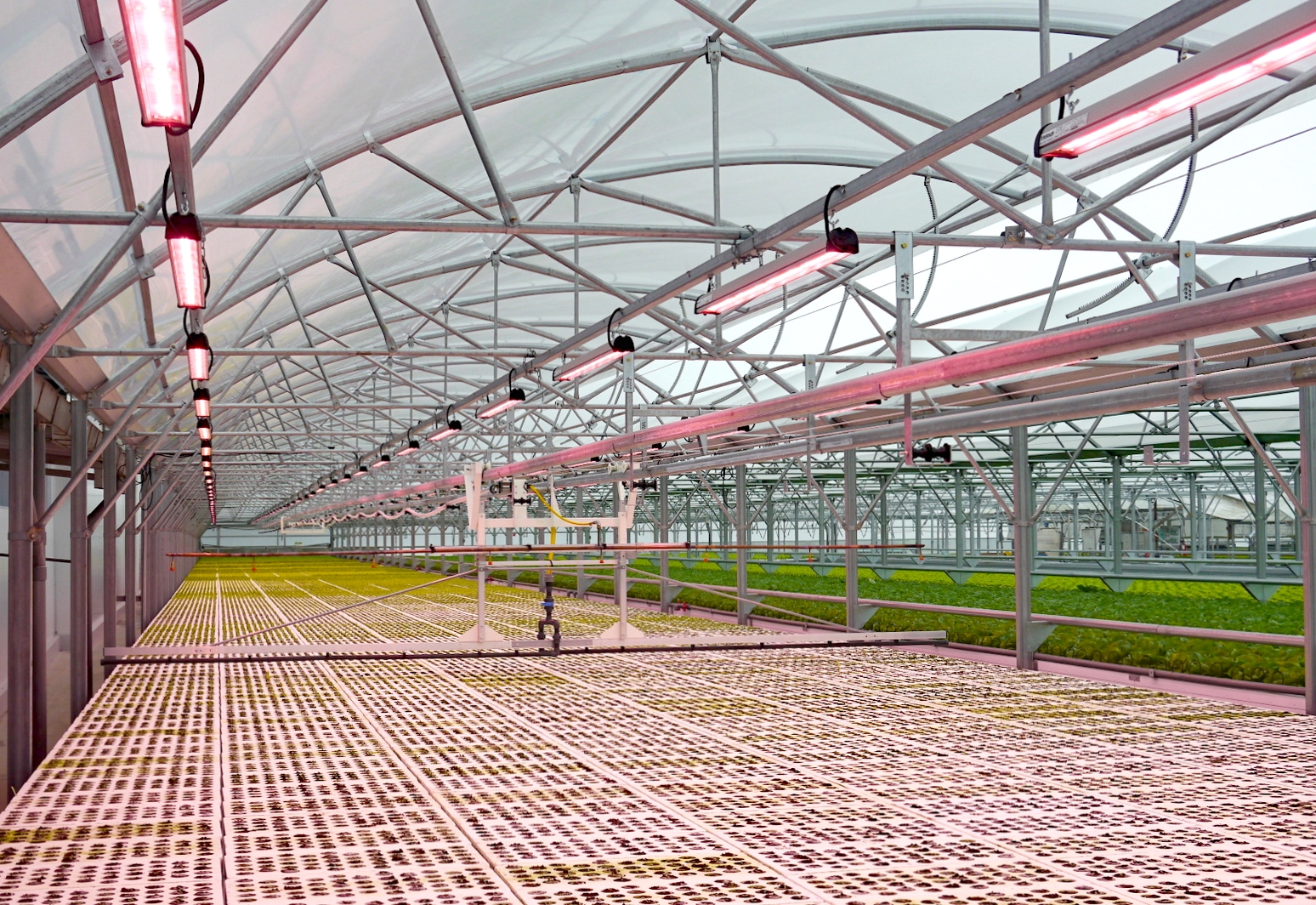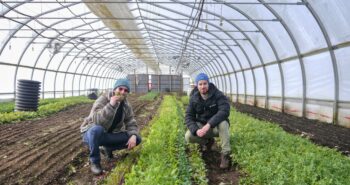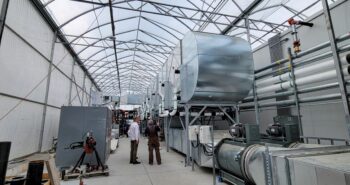This post is also available in: ![]() English
English ![]() Français (French)
Français (French) ![]() Español (Spanish)
Español (Spanish)
Introduction
Vanilla is one of the most expensive spice in the world. It is highly used for the perfumery and the food industry, in fact, for both usages the vanillin content is the main target at the end of the extraction process. Indeed, the concentration of vanillin determines the cost of the extracts.
Nowadays, there are emergent technologies using physical or chemical cell destruction. Consequently, these techniques are combined with traditional ones not only with the aim to optimize the vanillin yield but also to guaranty the final quality of the extracts and to increase the selling price.

Conventional extraction technology
Flavoring companies especially those of the food industry uses alcohol solvent extraction. Actually they standardize their process with specific temperature (Tᵒ), solvent concentration (%v/v) and in some cases the right pressure (Pa). Moreover the cured vanilla pods moist, the grade (A or B) and variety are considered as the factors that could change the conditions of the extraction as well as the yield of the vanillin in the final product.
Advantages of conventional extraction:
- Mild extracts with a high quantity of flavoring molecules (for cold extractions)
- Cheap to install and manage
Disadvantages of conventional extraction:
- Time and energy consuming (from days to weeks depending of the temperature)
- Partial loss and degradation of some volatile molecules (for high temperature extraction)
- Large and laborious extraction process
- Poor vanillin fraction in the final extract

Emergent extraction technologies
Despite of the advantages of emergent extraction technologies, the investment cost and the requirement of qualified people to manage them, make that only few companies can use them in their process.
Below the most common processes used in laboratory and industrial scale:
– Microwave Assisted Extraction (MAE) :
MAE is considered the emergent technology the most used by the industrials. Microwaves intensity (W) and frequency (KHz) affect directly the vanilla pods enhancing the aroma compounds in the solvent then in the final extract.
– Ultrasound Assisted Extraction (UAE) :
This technology can improve extraction rate and aroma if combined with the right solvent concentration. Ultrasound works creating a cavitation phenomenon responsible to destroy the cell structure of vanilla beans thus improving the quantity of flavor molecules. Likewise conditions as frequency (KHz), intensity (W/cm2) and time (seconds) can determine the final extract quality.
– Supercritical fluids Extraction (SFE) :
Supercritical fluid extraction is the most expensive of the emergent technologies, it is also considered as one of the cleanest and precise in terms of aroma molecules. Indeed it is a high pressure process that use Carbone dioxide (CO2) at supercritical temperature and pressure conditions. Hence SFE extracts are considered 100% free of chemical solvents. Moreover, two different kinds of extracts can be obtained both with high concentration of vanillin (> 12%).
Conclusion
Using emergent extraction technologies could be a good solution for the flavoring industry. In spite of the highest investment cost, this expertise (especially SFE) allows to obtain more pure extracts which are more expensive in the market. On the other hand, the right combination of conventional and emergent techniques can modify and boost the organoleptic proprieties of vanilla extracts.








can we talk about Vanilla extraction technology
Thank you for your comment, the article author Catalina Velez Suaza will contact you directly on LinkedIn to discuss about vanilla extraction technology.
Corenthin
I am interested to learn extensively on vanilla extraction process
[…] Vanilla extraction technology […]
Yes, am interesed in Vanilla extraction Technologies.
i like to know about vanilla extraction technology please can you heip me, im in tanzania [[email protected]]